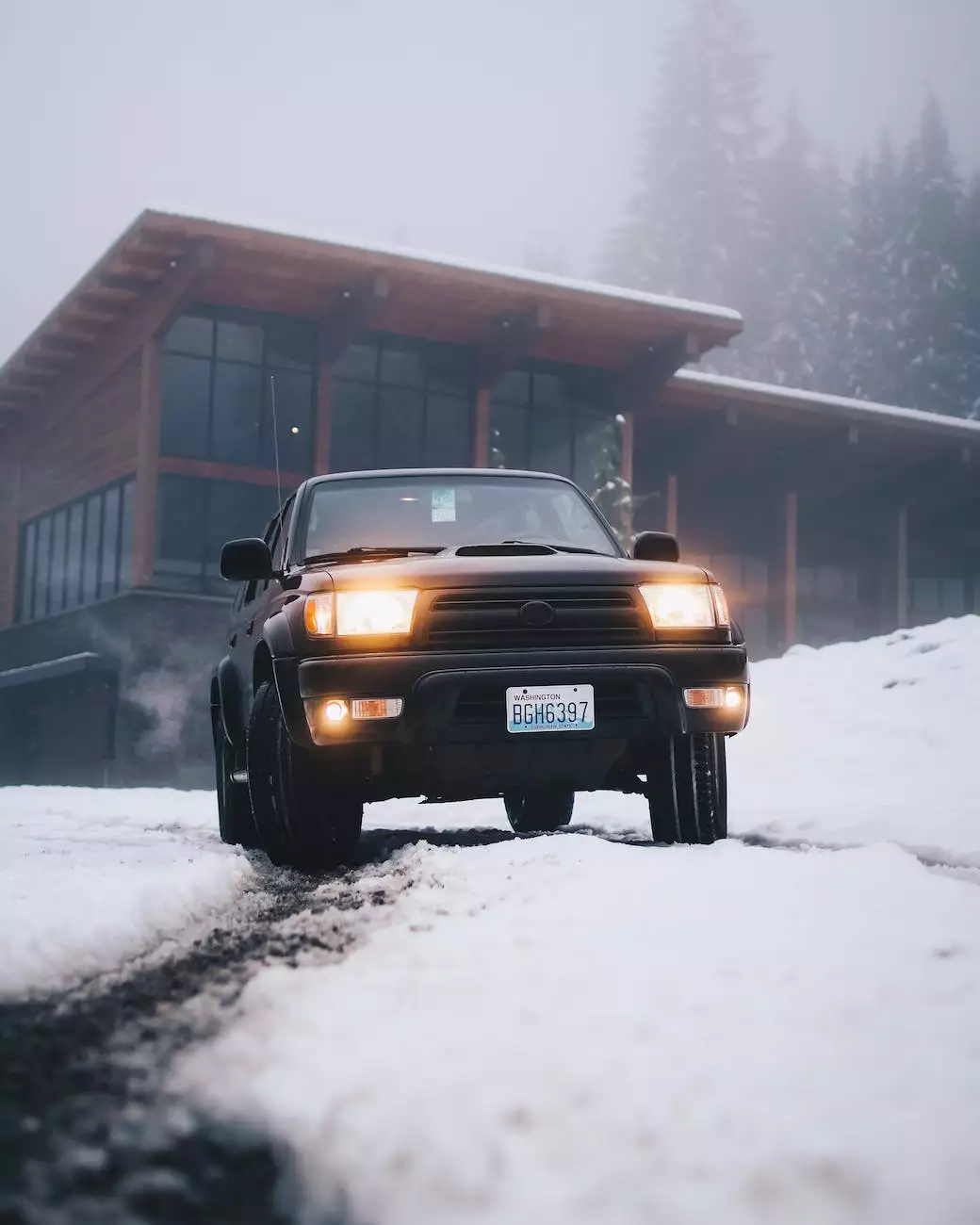Driving in the Snow: Easier said than done
Blog
Introduction
Driving in the snow presents a unique set of challenges, making it crucial for drivers to be well-prepared and knowledgeable about winter driving conditions. Troy Powell Law Firm, a trusted name in the legal industry, is here to offer comprehensive information and expert advice to help you navigate the risks associated with winter driving.
The Hazards of Winter Driving
Winter weather conditions, particularly heavy snowfall, icy roads, and reduced visibility, significantly increase the likelihood of accidents on the road. Statistics show that winter driving poses a higher risk for drivers and passengers alike, calling for extra caution and preparation.
Understanding the Challenges
When snow covers the road, it affects multiple aspects of driving, including braking, acceleration, and steering. This reduces the overall control you have over your vehicle. Additionally, icy conditions create slippery surfaces, which can lead to skidding or loss of traction.
Winter Driving Tips
1. Prepare Your Vehicle
Prior to heading out into snowy conditions, it is crucial to ensure your vehicle is properly maintained and equipped for winter driving. Here are a few recommendations:
- Ensure your tires have sufficient tread depth to provide better traction.
- Consider using winter tires or tire chains for increased grip on snowy roads.
- Regularly check and maintain fluid levels, especially antifreeze, to prevent freezing.
- Ensure your windshield wipers are in good condition for improved visibility.
2. Plan Your Route and Timing
When snow is expected, plan your journey by checking weather reports and road conditions. Leave ample time for your travels to account for slow traffic and potential delays.
3. Adjust Your Driving Techniques
Driving in snow requires adapting your driving techniques. Here are some tips:
- Reduce your speed to maintain better control and prevent skidding.
- Leave more distance between your vehicle and the one in front of you to allow for additional stopping time.
- Use gentle and gradual movements when accelerating, braking, and turning to minimize the risk of skidding.
4. Increase Visibility
Driving safely in the snow heavily relies on good visibility. Follow these steps:
- Clear all snow and ice from your windshield, windows, and mirrors before setting off.
- Keep your headlights on to enhance visibility to other drivers.
- Use appropriate de-icing agents to prevent your windshield from fogging or freezing.
5. Be Prepared for Emergencies
Despite taking precautions, emergencies can still happen on the road. Be equipped with necessary supplies, such as:
- Warm clothing and blankets.
- An emergency kit including a flashlight, batteries, first aid supplies, and non-perishable food items.
- A fully charged mobile phone to call for assistance, if needed.
Legal Matters and Winter Driving
In the unfortunate event of a winter driving accident, it is essential to be aware of the legal aspects involved. Troy Powell Law Firm specializes in personal injury cases, including those resulting from car accidents. Their experienced attorneys are well-positioned to provide legal guidance and support in seeking fair compensation for your injuries and damages.
Contact Troy Powell Law Firm
If you have been involved in a winter driving accident, or if you have any questions regarding legal matters related to winter driving, do not hesitate to contact Troy Powell Law Firm. Their team of dedicated professionals is ready to assist you in protecting your rights and navigating the legal process.
Driving in the snow may be easier said than done, but with the right knowledge, preparation, and legal assistance, you can minimize your risks and confidently navigate winter roads. Trust Troy Powell Law Firm to provide you with invaluable information and expert advice to ensure your safety and protect your legal rights during the challenging winter months.










